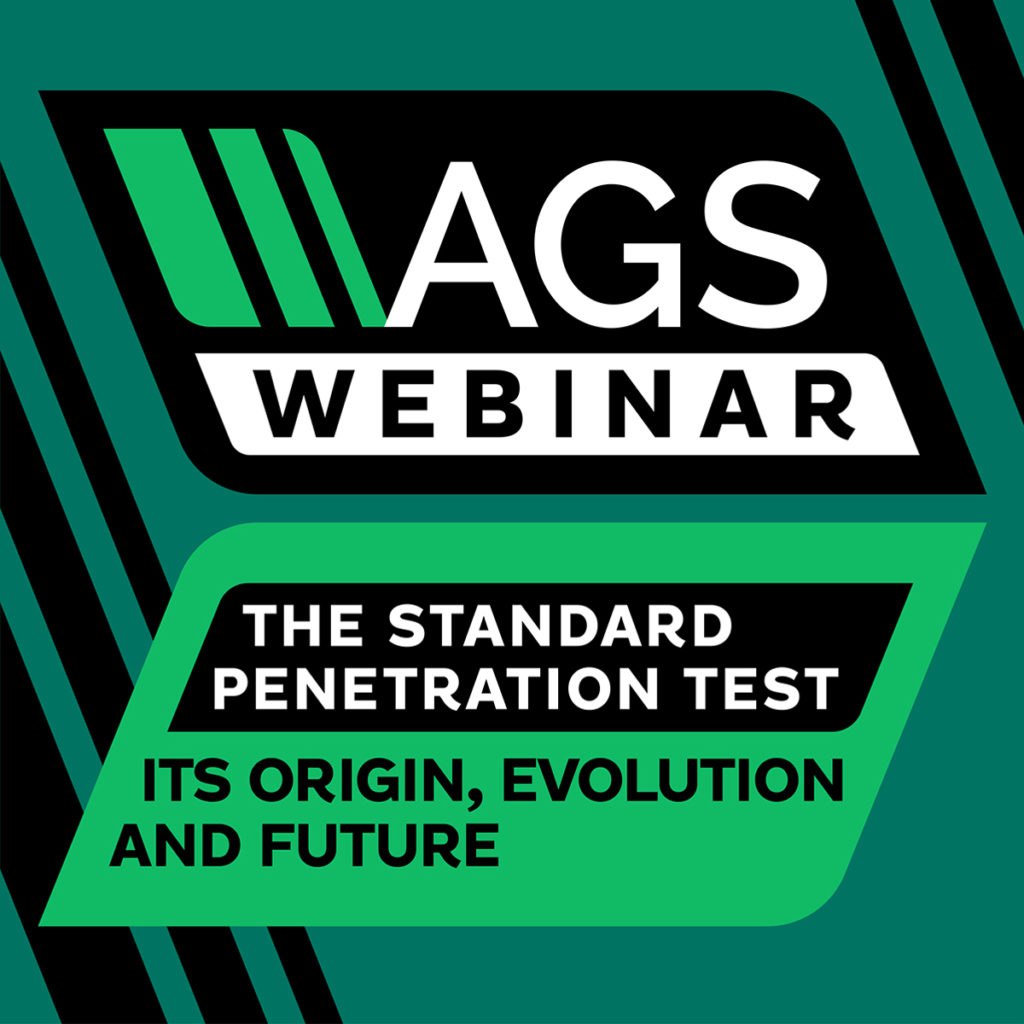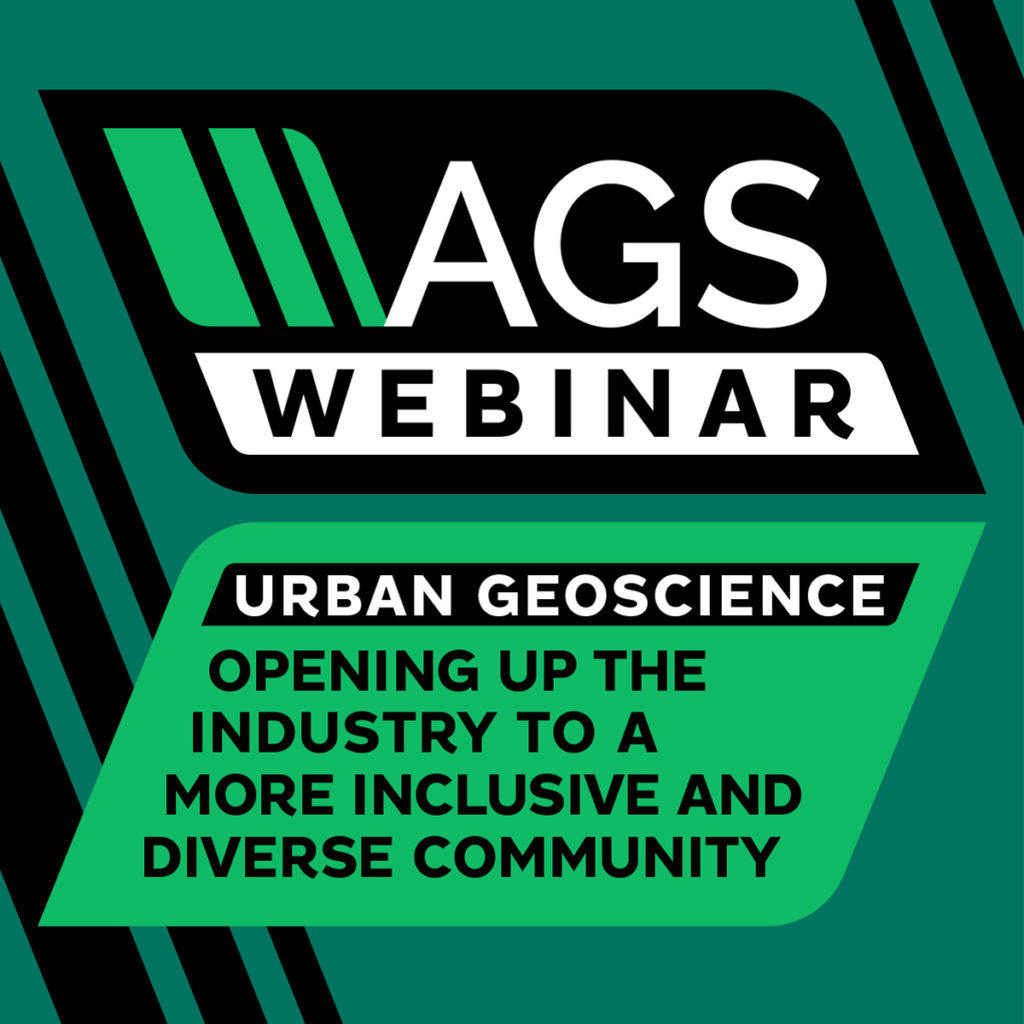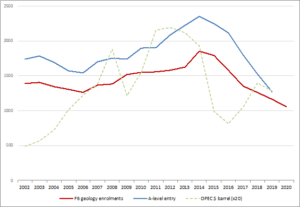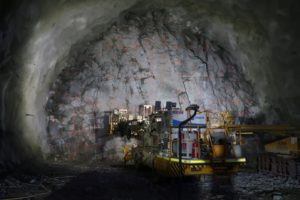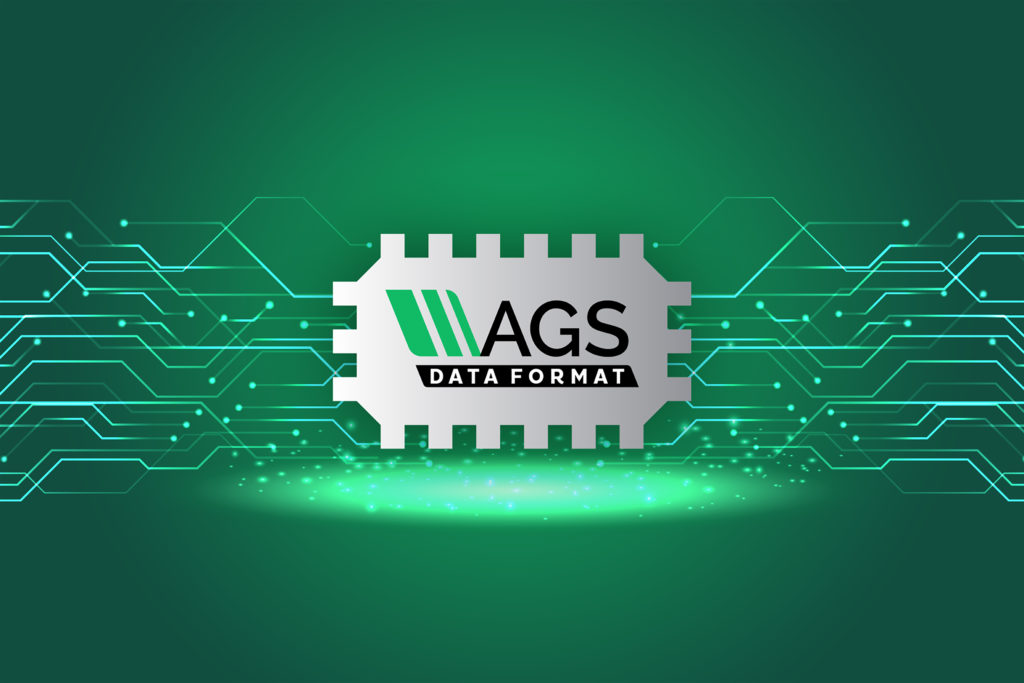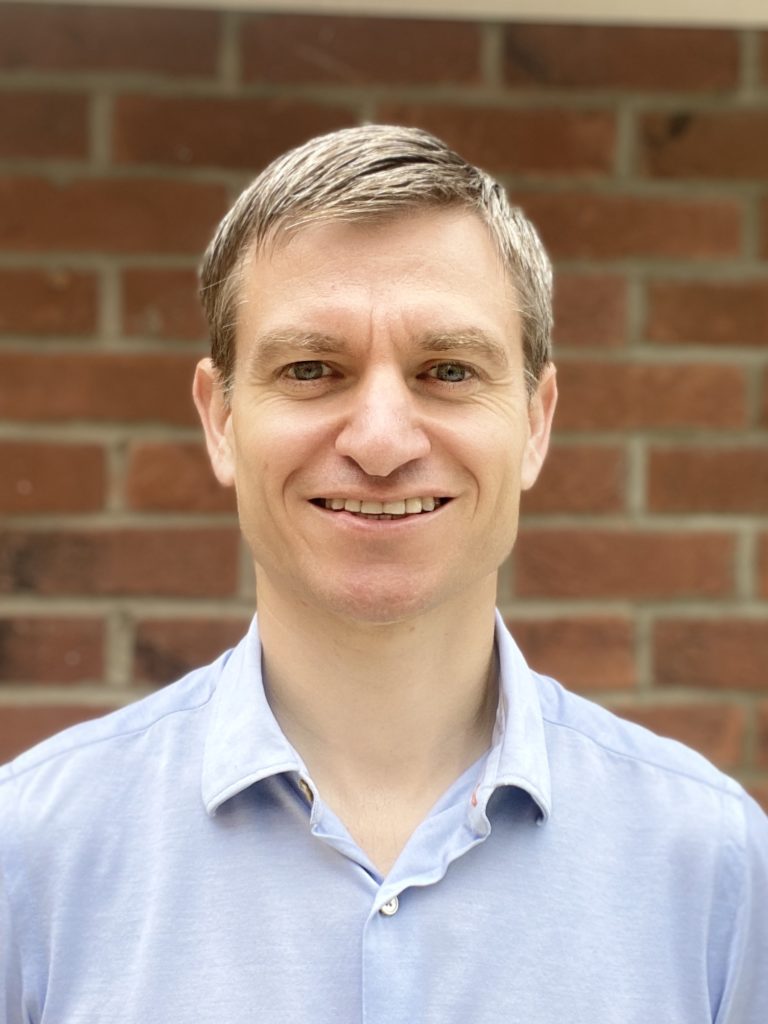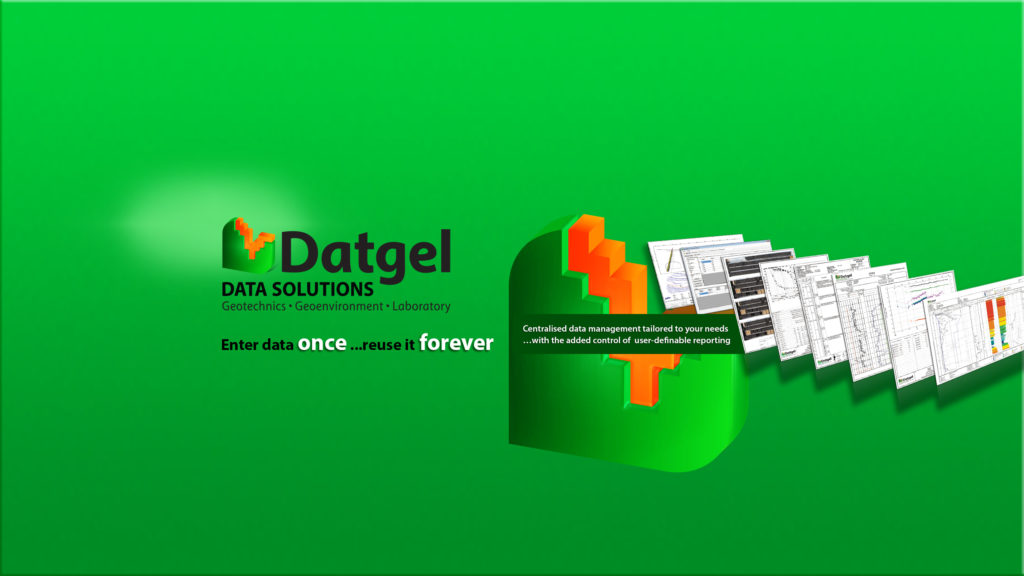
Name: Phil Wade
Job title: Managing Director
Company name: Datgel
What does the company do and what areas does it specialise in?
Datgel is a hybrid software company focusing on ground engineering data management and reporting software. We develop Add-Ins to gINT, provide customisation and software development consulting services to our clients, which oftentimes is to further develop our gINT Add-In products. We also provide training services for gINT and Datgel software, and we resell gINT as well as other Bentley Systems software and Golden Software.
Where is Datgel located?
Datgel’s team is in Singapore, Spain and Australia. Further, we have companies in Australia, Singapore and Malaysia. I’m based in Singapore.
How many people does the company employ?
Currently 7 people contribute in a range of specialist roles. By the way, we are on the lookout for suitably qualified and motivated sales engineers in the UK and North America.
When did you set up Datgel?
I started Datgel 15 years ago, in October 2005.
What is your career background, and what enticed you to set up Datgel?
I began my career in construction as a labourer for a construction company during summer holidays before university started and after my first year. My interest in geotechnics was initiated when I worked on a landslip dewatering project, followed by work experience with a geotechnical consultant.
After graduating from Civil Engineering at the University of Sydney, I went on to work for a major global geotechnical consultancy, based in their Sydney office. I worked on site investigations in Australia and New Caledonia. I also became their gINT developer, developing Excel VBA applications, and managing the site data for a massive new nickel mine development. From here I could see my future career was to be focused on Geotechnical Software. Through this period, I did a part time course work masters in Geotechnical Engineering at the University of New South Wales.
I went on to work for the gINT reseller in the UK at the time for 18 months. We won some major new clients in my time in the UK, and I developed the geotechnical data management system for the civil works contractor for the New Doha International Airport.
In 2005 I returned to Australia to start Datgel. At the time I don’t think many geotechnical companies in Australia took data management seriously (which has changed now). I saw running my own business was the way for me to do the type of work I wanted to do and turn my ideas in to products.
What does a typical day entail?
Being a small enterprise, and the technical expert in our company, I wear many hats as the Managing Director. My week would entail a wide range of tasks including sales calls with customers, technical support, programming new features in Datgel’s software products using VB.NET, developing reports in gINT, reviewing the work of my team members, through to people and financial management.
What are the company’s core values?
A few years ago I wrote these aims for Datgel, and they still ring true:
-
- To provide quality solutions and support to our clients
- To advance the use of databases and electronic data interchange in Geotechnical Engineering
- Humane organisation – people are the organisation
- Straight and honourable dealings
- Social usefulness
Are there any projects or achievements which Datgel are particularly proud to have been a part of?
The first project Datgel worked on was to set up a gINT system and customised/localised AGS Format for the New South Wales Roads and Traffic Authority (now Transport for NSW). This kick started AGS format use in Australia and set the stage of our business in Australia.
Since the beginning, Datgel has worked with 3 of the world’s biggest dredging companies, which seeded may of our software products. Two of the biggest projects were Ras Laffan Port Expansion and Khalifa Port. Coincidently, today these same companies are using our software on the Tuas Mega Port in Singapore.
Datgel’s software products are our lasting achievement. Most were developed with close collaboration with clients, and it is very fulfilling to see them in use and see the logs and other reports made by our software posted on the internet or in publications.
How important is sustainability within the company?
Datgel has made a big effort over the past few years to go paperless in our internal work. Compared to a more physical company, there is only so much we can do in this space.
How does Datgel support graduates and early career professionals who are entering the industry?
Datgel has taken on half a dozen paid interns/work experience students, and graduates over the years in the software engineering/computer science space. We supported their development by allowing them time to self-study new technologies, mentoring and external training.
How has COVID- 19 effect the day to day running of the company? How have staff adapted?
We pivoted to all online marketing and conducted a well-attended webinar series on our product range. For a time, we all had to work from home, but thankfully we were already in a position to do this as our IT infrastructure was already in Microsoft Azure (cloud) and we had multiple remote employees already working from home so everything was proven. I think for us, the way of working was not fundamentally different, and other types of companies had a much more difficult time.
Why do you feel the AGS is important to the industry?
I probably have a different viewpoint than most, being a remote member of AGS. I see AGS facilitates the UK industry to get together to do greater good tasks. It brings together professionals from across the ground engineering industry that other societies/organisations just don’t achieve. This has facilitated the creation of the world’s leading ground engineering data interchange format.
What are Datgel’s future ambitions?
There have been quite some changes over the years with Bentley Systems buying out gINT ten years ago and now Keynetix last year. Further with Bentley Systems’ greater focus on a SAS cloud application, not that gINT is going anywhere. But we can assume there won’t be too many big leaps in future for gINT, the platform for Datgel’s existing software products.
Also, the business of software reselling is not what it was with the greater focus on subscription licenses and SAS cloud applications where resellers see less or no revenue.
Certainly, some plans are in the making, and you should look out for our new initiatives over the coming years. What I can say now is we are looking to make our software more accessible to the North America and Europe markets, partly through making it easier to buy online, and secondly with further localisation.
Datgel are the diamond sponsors of the AGS4.1 webinar which is due to take place on Tuesday 8th December 2020 at 11am.
